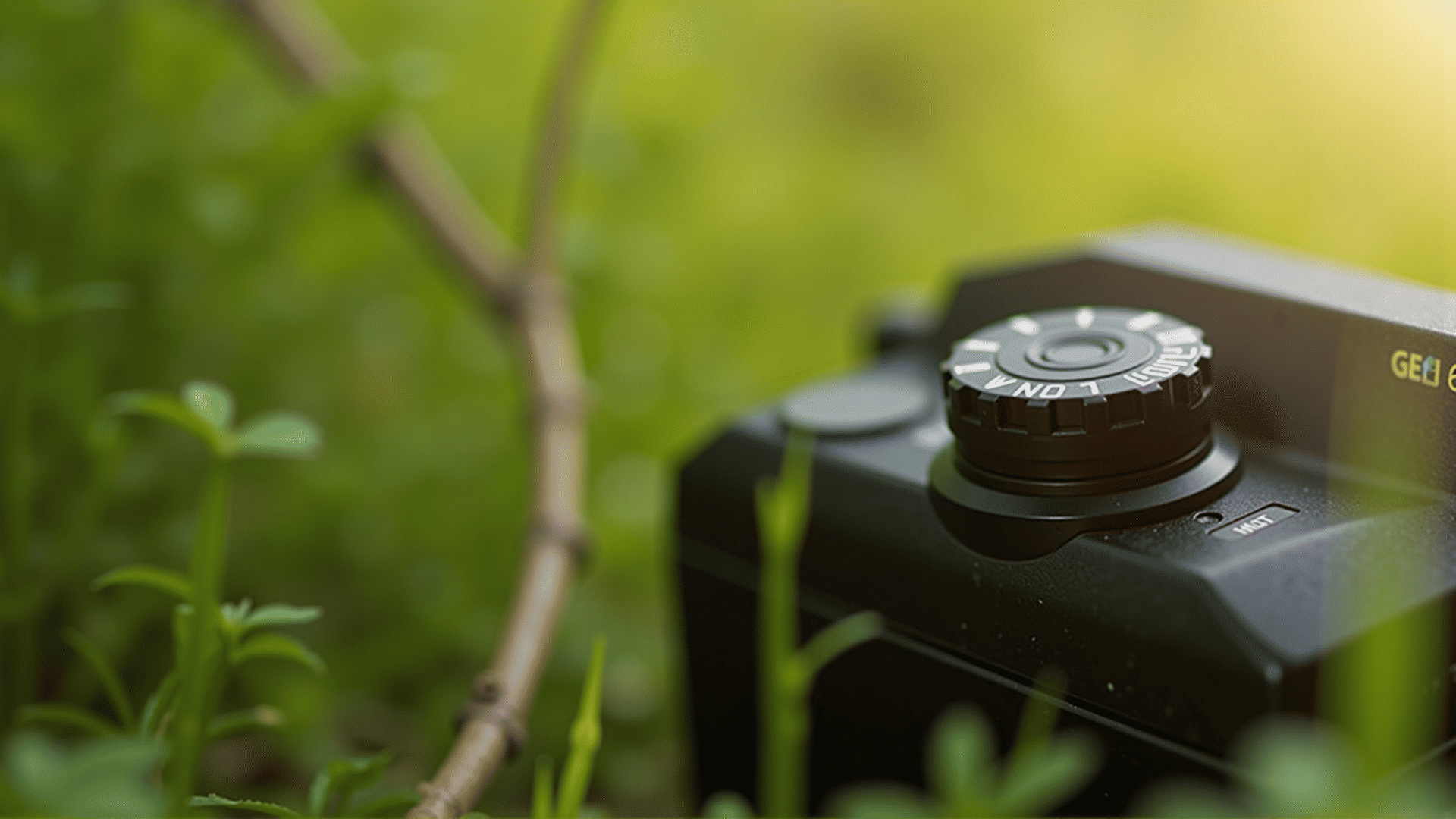Capturing stunning images involves more than just pressing a button. It requires a good understanding of your camera settings, which can transform ordinary pictures into extraordinary works of art. Learning the basics of these settings is crucial for any aspiring shutterbug, allowing you to harness the full potential of your device and create breathtaking visuals with detail, contrast, and depth.
1. Aperture: This refers to the opening in the lens through which light enters the camera. Measured in f-stops, an aperture controls the amount of light that hits the sensor. A smaller f-stop number like f/1.8 means a larger opening, which is ideal for portraits where you want the subject in sharp focus and the background beautifully blurred. Conversely, a larger f-stop like f/16 reduces the opening, suitable for landscapes where more of the scene needs to be in focus.
2. Shutter Speed: Dictating how long the camera's shutter remains open, this setting controls the amount of light the sensor is exposed to. Fast shutter speeds such as 1/1000 of a second can freeze fast motion, making them perfect for sports or action shots. On the other hand, slow shutter speeds like 1/30 of a second allow for more light and can be excellent for achieving motion blur or capturing light trails in low-light conditions.
3. ISO: This setting adjusts the camera's sensitivity to light. A lower ISO number like 100 is ideal for bright conditions, producing clear images with less digital noise. As lighting conditions become challenging, increasing the ISO to values such as 1600 or 3200 can help capture images in dim light, but it comes at the cost of added noise or grain in the photo.
4. White Balance: Managing how colors are represented in your images, white balance settings adjust for various lighting conditions to ensure colors appear natural. Preset modes like ‘Daylight’, ‘Cloudy’, and ‘Tungsten’ offer quick fixes, while a custom white balance setting allows for fine-tuning to achieve the most accurate color representation.
5. Focus Modes: Cameras offer different focus modes to suit various shooting scenarios. Single-point focus is great for portraits, allowing you to pinpoint focus on the subject’s eyes. Continuous focus is ideal for moving subjects, such as wildlife, ensuring constant adjustments as things move within the frame. Manual focus gives full control, essential for precision work like macro shots.
6. Exposure Compensation: This setting allows you to adjust the exposure without altering the shutter speed, aperture, or ISO. It’s remarkably helpful in tricky lighting situations where the camera’s metering might be fooled, such as snow scenes or backlit portraits, ensuring that your images are neither overexposed nor underexposed.
7. Metering Modes: Cameras offer different metering modes that determine how the camera measures the light in a scene. Evaluative or Matrix metering considers the entire frame, perfect for general use. Center-weighted prioritizes the center of the scene—ideal for evenly lit portraits—while spot metering focuses on a small area, useful for high-contrast subjects.
Master these foundational settings, and you’ll find that your ability to capture compelling images will significantly improve. Experiment, practice, and remember that each shot offers a learning opportunity. By understanding and manipulating these essential functions, your journey into capturing breathtaking images will be both enjoyable and rewarding.
